
by Tom Barrett | Apr 11, 2018
Irrigation Audits Becoming
Mandatory in Some Areas
Water’s continued scarcity is making irrigation audits more important than ever.
For example, the city of Aspen, Col., now requires that such audits be completed whenever a new landscaping system has been installed. And the audit must be performed by a third-party certified landscape irrigation auditor.
There’s only one problem: Such certified auditors are as rare as hens’ teeth in that area of Colorado.
A Host of New Regulations
The irrigation audits are part of a package of new regulations for the city, which also require that all new or substantially remodeled residential projects include a landscape plan, an irrigation plan and a water budget for the site.
 In order to address the lack of certified auditors in the area, Aspen city officials hope to establish a local training program.
In order to address the lack of certified auditors in the area, Aspen city officials hope to establish a local training program.
The city’s new water-budget goal for landscaping is to use no more than 7.5 gallons per square foot per season. So far, 17 properties have been landscaped and irrigated using the new regulations. Those projects averaged 7.2 gallons per square foot, according to a parks and utilities representative.
Aspen’s new landscaping regulations apply only to residential and commercial properties. They do not apply to “irrigation of public parks, sports fields, golf courses and schools.”
Increased Need for Auditors
Of course, the need for certified irrigation auditors is greatest in areas with water scarcity issues, like the Southwest. But water conservation and water efficiency are two separate goals. Even areas that typically receive adequate precipitation (like Ohio) could always benefit from increased water efficiency.
As the pursuit of improved water efficiency becomes increasingly popular (and important), the need for certified irrigation auditors will most likely increase, too. Irrigation auditing entails three steps:
- Collecting data
- Verifying that irrigation systems are working as designed, and
- Identifying opportunities to improve water efficiency.

An effective auditor will:
- Analyze water requirements and irrigation use within the context of each site’s unique conditions.
- Develop irrigation schedules based on water requirements, quality and availability.
- Make maintenance recommendations to keep the irrigation system working reliably and cost effectively.
- Estimate potential dollar and water savings from implementing innovative irrigation technologies, products and practices.
Where to Start?
To become a Certified Landscape Irrigation Auditor (CLIA) under the Irrigation Association’s program, a landscape contractor must:
 Have at least one year of professional experience
Have at least one year of professional experience
- Submit a completed water audit which includes one rotor and one spray area for evaluation (verified by an IA-certified professional in good standing).
According to Brent Mecham, the IA’s industry development leader, the CLIA program “shows that you have the expertise needed and that you’re better qualified to evaluate irrigation systems.”
If you’re interested in adding irrigation audits to your menu of landscaping services, click here to start the process.
Sources:
Aspen Times
Irrigation & Green Industry
Irrigation Association

by Tom Barrett | Mar 8, 2018
Fix-a-Leak Week
Celebrates 10 Years
Did you know….
Each year, household leaks can waste more than 1 trillion gallons of water nationwide? That amount is:
- Enough to fill 40 million swimming pools and 24 billion bathtubs
- Almost equal to the capacity of Florida’s vast Lake Okeechobee
- Equal to the annual household water use of more than 11 million homes
Plug That Leak!
The EPA’s “Fix a Leak Week” is a national effort to stop that waste. This year commemorates the 10th anniversary of the event, which runs from March 19 through March 25.

Leaky kitchen and bathroom faucets, malfunctioning toilets and errant sprinkler systems cause much of the water waste. Fixing some of these easily corrected household leaks can save homeowners about 10 percent on their water bills, according to the EPA.
Karen Wirth is in charge of marketing and outreach for the EPA’s WaterSense program. In her view, most folks are clueless about the total amount of water wasted because they “see a couple of drips coming out of their shower head, or sprinkler outside, or faucet, it doesn’t seem like that much.”
So each year, the EPA hones in on the drips during Fix a Leak Week. Special events are planned from coast to coast to teach homeowners how to find and fix household leaks. To download the EPA’s Fix a Leak fact sheet click, click here.
Easy Fixes
There’s a simple way to check for leaks in the toilet, Wirth said. “Just put a few drops of food coloring in the tank. If that shows up in the bowl, you have a leak.” This problem can often be fixed by simply replacing the flapper.
Replacing old and worn faucet washers and gaskets fixes most faucet leaks.
For leaky shower heads, use pipe tape to secure the connection between the showerhead and the pipe stem.
For the EPA’s complete list of leak fixes, click here.
Call a Professional
Irrigation systems can be another problem area. But this one is best left to the professionals.
“An irrigation system that has a leak 1/32nd of an inch in diameter (about the thickness of a dime) can waste about 6,300 gallons of water per month,” according to the EPA.
They suggest that homeowners consult an irrigation professional certified by WaterSense to check for leaks throughout the system.
Sources:
EPA
The Washington Post
Alliance for Water Efficiency

by Tom Barrett | Sep 13, 2017
EPA’s WaterSense Sparks Transformation
Over the past decade, EPA’s WaterSense program has sparked a market transformation. All across North America irrigation products now save water, energy, and money.
The program was recently threatened by Trump administration budget cuts. But that threat is on hold for now. Let’s take a look at some of the program’s accomplishments in the last 10 years…
Labels and Certification
Since 2007, more than 21,000 product models of plumbing fixtures and irrigation controllers have earned the WaterSense label for efficiency and performance. More than 5,000 new models earned the label in 2016 alone. Nearly 68 million individual labeled products have been shipped to date.

Beginning in 2006, WaterSense certification programs have focused on water efficiency. Such as techniques and technologies for certified irrigation system designers, auditors, and installation and maintenance professionals. Since then, thousands of irrigation specialists have been certified and gained an edge in the competitive marketplace.
The Three “P’s” — Products, Practices, People
In an effort to reduce the waste of outdoor water, the EPA program has promoted the three “P’s”— products, practices, and people. This includes:
- Designing water-smart landscapes that are well-suited for the local climate
- Installing WaterSense-labeled irrigation controllers, and
- Hiring WaterSense-certified irrigation professionals.
Their efforts have paid off. For instance, in 2016, the number of labeled irrigation controllers increased by an impressive 63% over the previous year. These new, web-based models allow users to adjust their irrigation systems via an app on their smartphone.
What’s Next?
For now, the WaterSense program is focused on product labeling for pressure-regulating sprinkler bodies. The idea is that large amounts of water can be wasted whenever spray sprinklers operate under above-normal pressure. And significant water savings can be realized by regulating this pressure. To this end, the program recently released a draft specification for these new pressure-regulating sprinklers.
Let’s Keep It Going
The Alliance for Water Efficiency (AWE) is working to ensure that the WaterSense program can continue unabated. But they need help. Which is why they’re seeking signers of letters supporting their proposed legislation to keep it going.
Sources:
Environmental Protection Agency
Alliance for Water Efficiency
Interior Appropriations Subcommittee

by Tom Barrett | Aug 9, 2017
Incorporating Wi-Fi Technology into Your Irrigation Business
Are you still in the dark about how to best incorporate Wi-Fi-based irrigation technology into your business?
The national Irrigation Association recently aired a webinar focused on the growing popularity of this technology, as well as the advantages and opportunities it brings to the landscape irrigation market. To purchase the webinar, click here.
Landscape Management magazine recently spoke with webinar presenters Stuart Eyring, president of Hydro-Rain, and Chris Klein, CEO and co-founder of Rachio. Here are some highlights of that interview:
How They Work
Q: How do Wi-Fi irrigation controllers work?
 Chris Klein (CK): A Wi-Fi-based irrigation controller uses the homeowner’s Wi-Fi network to connect to the cloud. That’s where a lot of the process and scheduling takes place, and then that information is sent back down to the controller. You can have access to it through an app on any device you want—a desktop computer, mobile phone, tablet, etc.—and they all communicate with the same computers in the cloud.
Chris Klein (CK): A Wi-Fi-based irrigation controller uses the homeowner’s Wi-Fi network to connect to the cloud. That’s where a lot of the process and scheduling takes place, and then that information is sent back down to the controller. You can have access to it through an app on any device you want—a desktop computer, mobile phone, tablet, etc.—and they all communicate with the same computers in the cloud.
Q: Have you seen examples of Wi-Fi controllers being used to upgrade older systems?
CK: Yes, this is happening at a rapid pace. Eighty-five percent of our customers are replacing working controllers, and it’s just as easy as replacing any other controller.
Q: How do you program Wi-Fi controllers?
Stuart Eyring (SE): In terms of programming, the smartphone apps dramatically add to the ease of which programing is done—it’s much better than programming a typical display controller. But there’s a difference in comfort level in terms of where the user base is coming from. There is a transition point to getting people comfortable with this.
Weather Station Access
Q: Traditional smart controllers had their own weather instruments on-site, but Wi-Fi-based irrigation controllers now have access to millions of weather stations. How do they get evapotranspiration (ET) information?
CK: We use a variety of weather data providers and run them through equations to get ET. This process is getting more and more sophisticated. The other cool thing is homeowners can choose a weather station, which promotes continued engagement with their irrigation system.
 SE: In our case, we use the National Oceanic and Atmospheric Administration’s National Weather Service database in the U.S. Internationally, we use a database out of Norway. But it actually can be very helpful to have a rain sensor at the location, as well, because it can improve reliability.
SE: In our case, we use the National Oceanic and Atmospheric Administration’s National Weather Service database in the U.S. Internationally, we use a database out of Norway. But it actually can be very helpful to have a rain sensor at the location, as well, because it can improve reliability.
Q: So you can add other sensors to a Wi-Fi controller?
SE: Yes, we’ve seen an increase in the use of sensing devices like weather stations and moisture sensors on-site that improve the quality of data.
Connections, Security and Updates
Q: What happens to the controller if it loses the Wi-Fi connection?
SE: The majority of the data is kept in the cloud, but there is a basic operating program that’s stored on the actual controller. While the controller won’t typically make any adjustments based on environmental conditions while in that mode, it will continue to run. When the connection is reestablished, the adjustments will begin again. This is typical across manufacturers.
Q: How do you protect security in terms of Wi-Fi and passwords?
SE: Security definitely can be a concern to a homeowner when they allow someone access to their network. But there is a difference between a contractor connecting to a homeowner’s network and connecting through the cloud. In an ideal case, the homeowner is sharing an access code through an app that would allow their contractor to control the system through the cloud, but not have access to the homeowner’s network.
Q: What happens if I buy my controller today and in 60 days it’s out of date?
CK: Updates to the firmware and the app happen automatically, so customers always have the latest and greatest version. In terms of hardware, who knows what will happen in the future, but as of now, our Generation 1 and 2 products work the same.
SE: In most cases, you won’t even know the firmware has been updated unless you go in and look at it.

Opportunities and Support
Q: What are the business impacts and opportunities that can be enjoyed by contractors venturing into this arena?
CK: There is a great opportunity to impact a contractor’s business by having a number of connected customers. By installing that product and working with them you have a connection with them. You can stay in touch, the homeowner knows where to go for help and it presents an opportunity for customer retention.
Q: What about support? How do you help contractors when they are stuck?
CK: We have a dedicated contractor phone line and can be reached through email and chat, too.
SE: We have noticed that there is really more upfront hand-holding required. But once the Wi-Fi-based irrigation controller is installed and operating, support requirements go down. That’s because of the ease of the interface and how intuitive it is. Getting started can be challenging, but once contractors get the hang of it, it’s really very easy.
Sources:
Landscape Management
Irrigation Association

by Tom Barrett | Apr 5, 2017
Harvest That Precious Rainwater
With April upon us, we are reminded that every year Mother Nature provides us with trillions of gallons of water. Free of charge. In the form of rainwater.
Last year, for instance, the storms which pummeled the Carolinas dropped enough water to halt California’s five-year drought. And yet, few of us take advantage of learning how to capture this precious resource.
Instead, it flows off lawns into streams, then rivers, then oceans.
A recent article in Irrigation & Green Industry magazine suggests that, when irrigation specialists build cisterns to harvest rainwater, they are providing their customers with “manna from heaven.” But they’re also helping to build the water infrastructure of the future. And providing themselves with an additional revenue source.

New Revenue Stream
Paul Lawrence, president of Texas Land & Water Designs LLC, has been installing rainwater harvesting systems for the past seven years, and he’s a huge proponent of the practice. Lawrence feels that, not only is it a good source of revenue, but startup costs are low for the contractor.
“Licensed irrigators already have many of the skills that are required for rainwater harvesting; it’s a real natural fit for them,” he says.
And it’s not as complicated as it might seem. Virtually every house and commercial building already possesses roofing, gutters and downspouts. The catchment system simply takes the rainwater that now flows down the street and stores it for use at a later date.
The Basic Setup
There are several different options for storing rainwater: above-ground storage tanks, below-ground cisterns, or downspouts directed to bioswales. Smaller systems (such as those that capture less than a hundred gallons) can use rain barrels for storage.
 Whatever option is chosen, a pump may be required to release the water when it’s ready to be used. Most pumps on residential systems are between one-third and one horsepower. That amount of power is sufficient to pressurize the water for either spray or drip irrigation. The pump can be activated manually, or a controller can be used to automate the rainwater flow into the irrigation system.
Whatever option is chosen, a pump may be required to release the water when it’s ready to be used. Most pumps on residential systems are between one-third and one horsepower. That amount of power is sufficient to pressurize the water for either spray or drip irrigation. The pump can be activated manually, or a controller can be used to automate the rainwater flow into the irrigation system.
A couple of important considerations:
- Sanitation should be the first consideration. At the very least, a screen should be placed in the gutter over the downspout. This will keep out large particulate matter, large solids and leaves.
- Storage tanks must be properly sealed against pests and bacteria; otherwise, the water inside can become toxic.
- Every storage tank needs to have an overflow device to prevent backup in heavy-rain situations.
- The overflow device should be fitted with a flapper valve that will close up immediately after excess water has stopped flowing out. This will keep vermin from crawling up the spout.
An Attractive Option
For property owners who find traditional storage units unattractive, more aesthetically-pleasing options are available. For instance, Aquascape, an Illinois-based company, offers its “RainXchange” system, which combines a recirculating, decorative water feature with an underground storage basin.

According to Irrigation & Green Industry magazine, RainXchange offers the same functionality of other storage systems. Specifically, “It makes use of modular storage basins, stackable blocks that are somewhere between milk crates and Legos, which can be arranged in different shapes to fit a variety of application settings. They sit inside a rubber membrane to form a single, water-tight unit underground.”
Contractors can install the RainXchange system under turf grass. An increasingly common option is to install the system beneath a patio made of permeable pavers. According to Ed Beaulieu, director of field research for Aquascape, “This way, the pavers act as a catchment area that prefilters the rainwater before it enters the blocks. It’s very, very efficient.”
The following video demonstrates the installation of a similar underground system by a Texas-based vendor, Innovative Water Solutions:
Closer to home, Rain Brothers, a rainwater-harvesting company based in Columbus, offers system design services throughout Ohio and much of the Midwest.
A simple residential project typically runs between $1,500 and $5,000, depending on a variety of factors, such as size and excavation costs. For instance, if a client’s property doesn’t allow room for heavy equipment, digging by hand will increase the labor time substantially.
Who Are the Target Customers?
According to most irrigation contractors, conservation is the primary motivator when property owners consider installing a rainwater catchment system. Despite the fact that the installation costs them money, these clients are more worried about the long-term consequences of water shortages, pollution and soil erosion.

They may have heard that capturing rainwater is a tried-and-true method of simultaneously controlling runoff and withstanding drought conditions.
“In a residential setting, it’s next to impossible to show an ROI in three to five years,” Lawrence says. “By and large, those clients are doing it for environmental concerns.”
Add It to Your Menu of Services
Rainwater harvesting is a viable permanent addition to the menu of services offered by landscape professionals. As homeowners rediscover this ancient practice of capturing rainwater, contractors will have increasing opportunities to offer their services for installation projects.
 Contractors can easily acquire the skills necessary to get started with catchment system installations. And there is an abundance of resources to ensure your success. The national Irrigation Association offers online classes on the subject, such as “Water Quality of Alternative Water Sources” and “Earning Points for Green Projects.”
Contractors can easily acquire the skills necessary to get started with catchment system installations. And there is an abundance of resources to ensure your success. The national Irrigation Association offers online classes on the subject, such as “Water Quality of Alternative Water Sources” and “Earning Points for Green Projects.”
In addition, the American Rainwater Catchment Systems Association (ARCSA) hosts workshops across the country for those seeking to pass their accredited professional exam. The ARCSA also offers a Resource Guide of rain harvesting designers, educators and suppliers.
Once you’re up to speed on best practices, rainwater harvesting can become a highly profitable source of revenue for your company… and a valuable service for your customers.
Sources:
Irrigation Association
Innovative Water Solutions
American Rainwater Catchment Systems Association

 In order to address the lack of certified auditors in the area, Aspen city officials hope to establish a local training program.
In order to address the lack of certified auditors in the area, Aspen city officials hope to establish a local training program.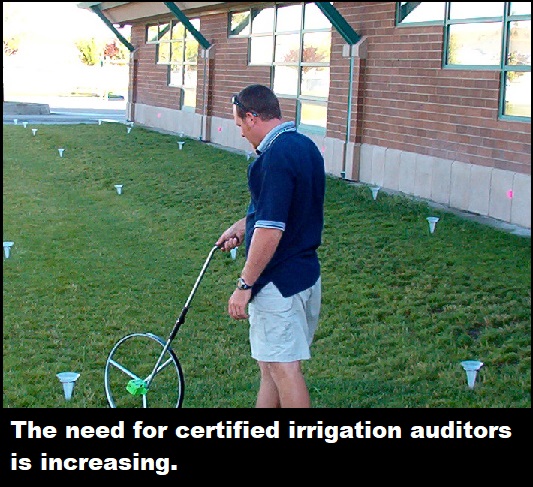
 Have at least one year of professional experience
Have at least one year of professional experience
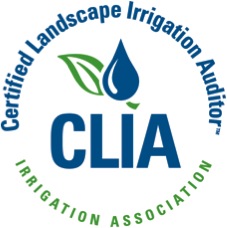 Have at least one year of professional experience
Have at least one year of professional experience
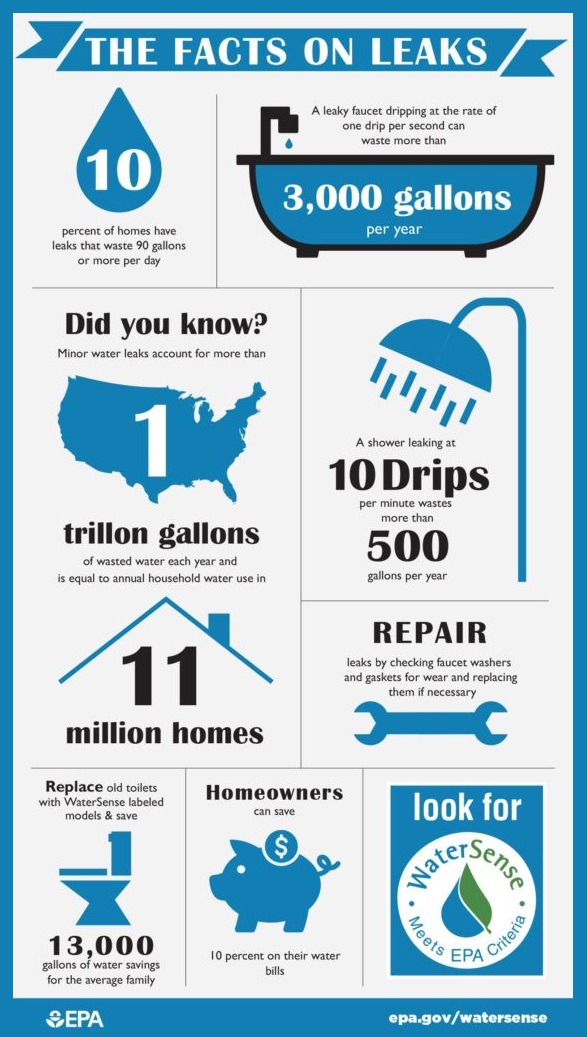
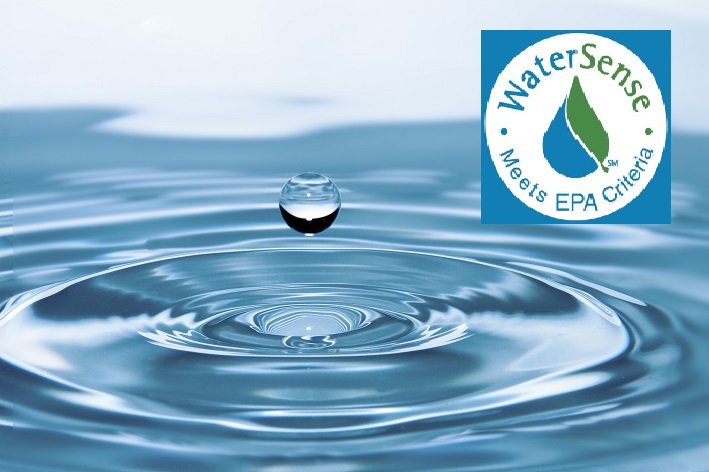
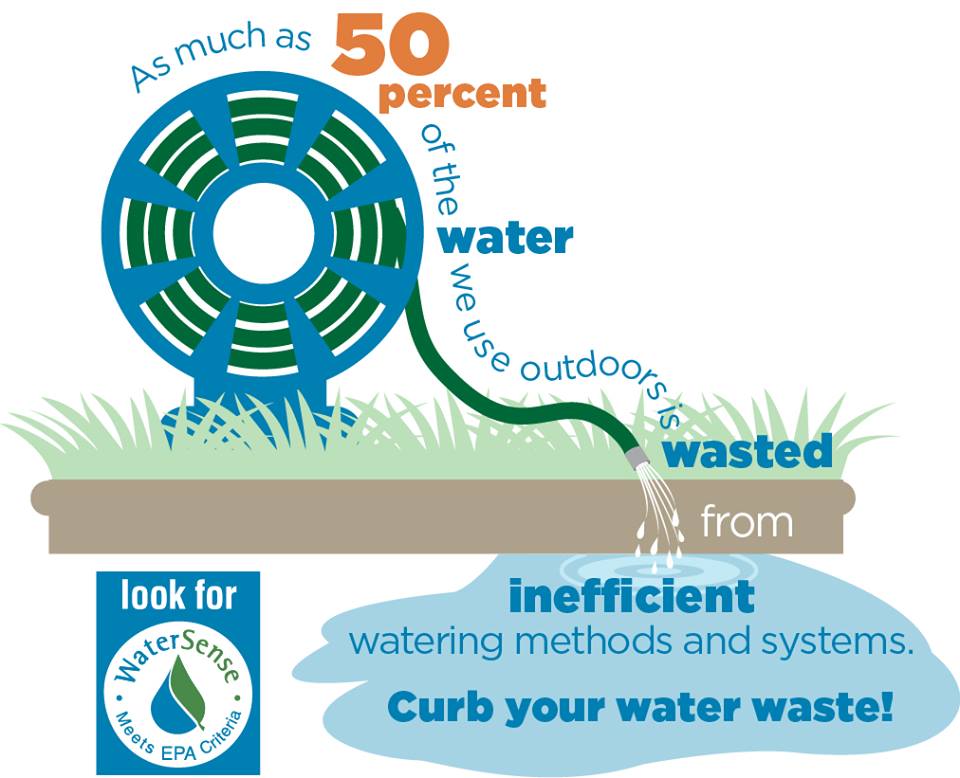
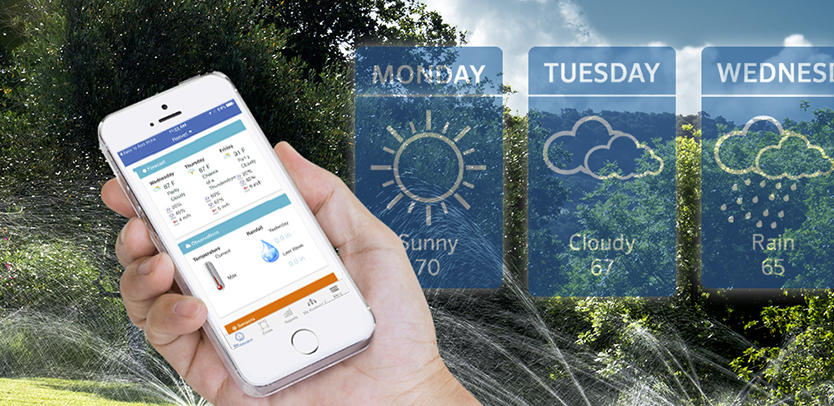
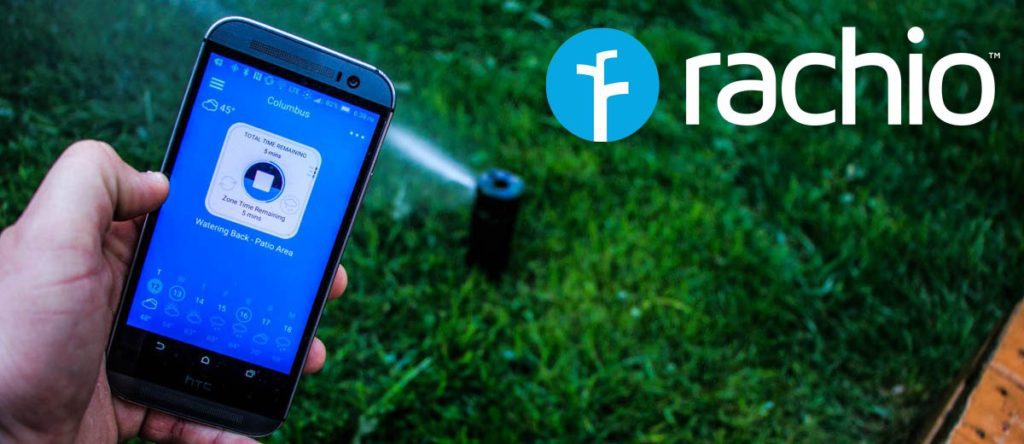 Chris Klein (CK): A Wi-Fi-based irrigation controller uses the homeowner’s Wi-Fi network to connect to the cloud. That’s where a lot of the process and scheduling takes place, and then that information is sent back down to the controller. You can have access to it through an app on any device you want—a desktop computer, mobile phone, tablet, etc.—and they all communicate with the same computers in the cloud.
Chris Klein (CK): A Wi-Fi-based irrigation controller uses the homeowner’s Wi-Fi network to connect to the cloud. That’s where a lot of the process and scheduling takes place, and then that information is sent back down to the controller. You can have access to it through an app on any device you want—a desktop computer, mobile phone, tablet, etc.—and they all communicate with the same computers in the cloud.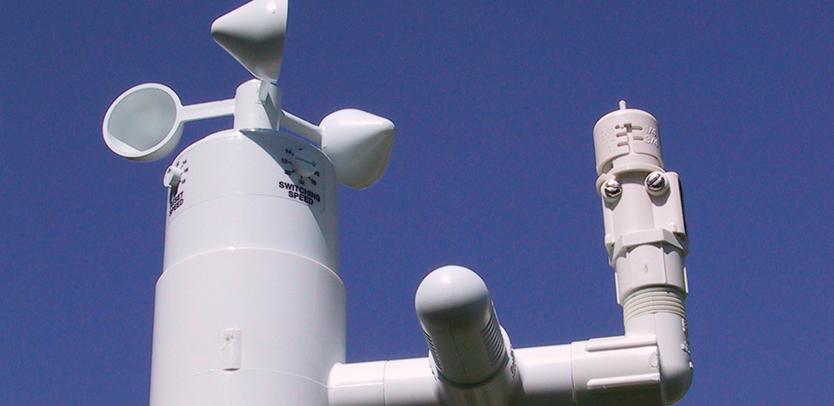
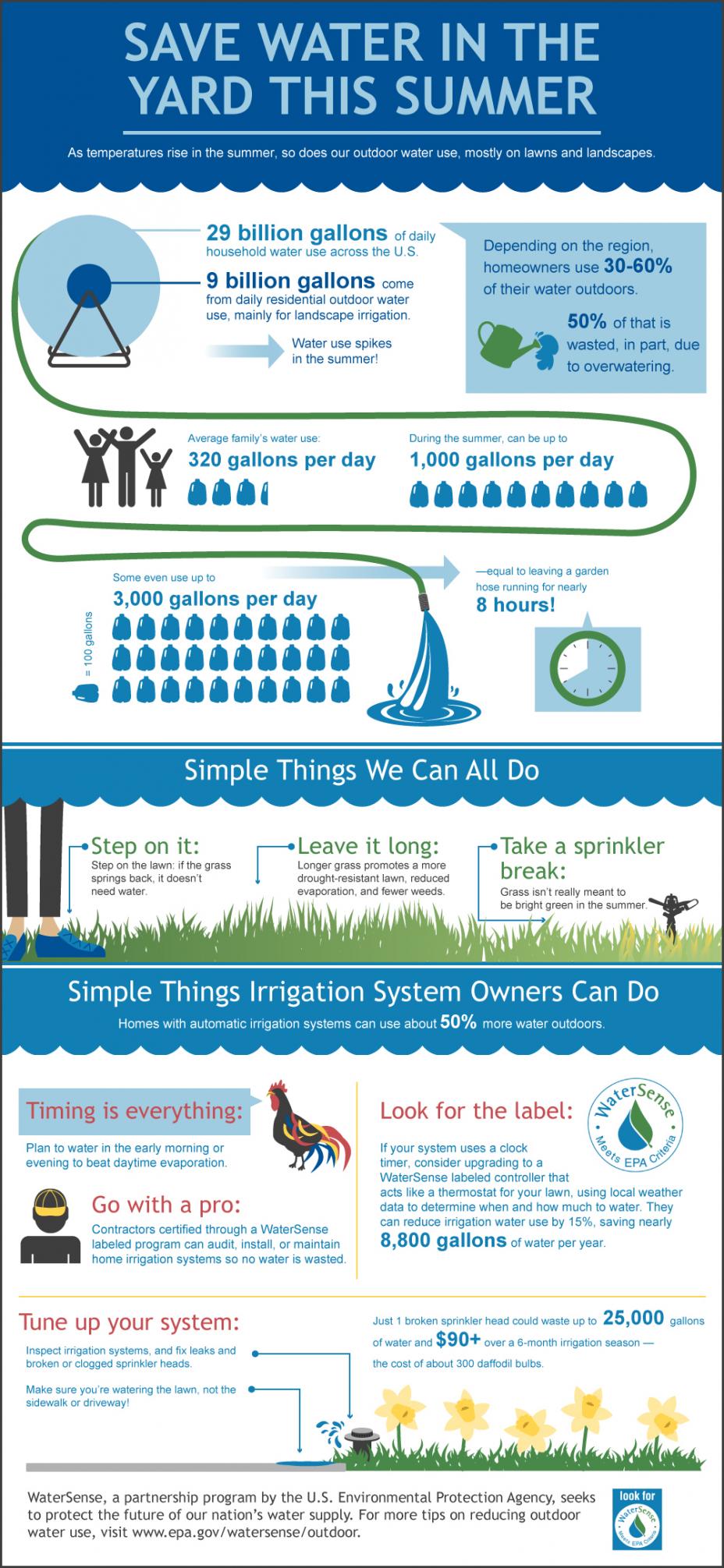
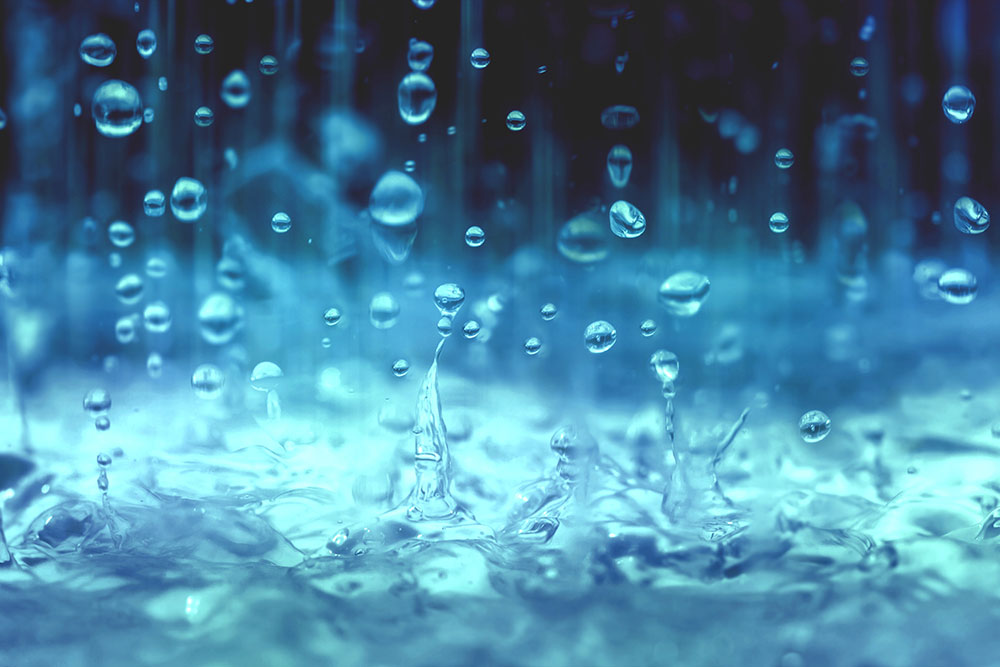
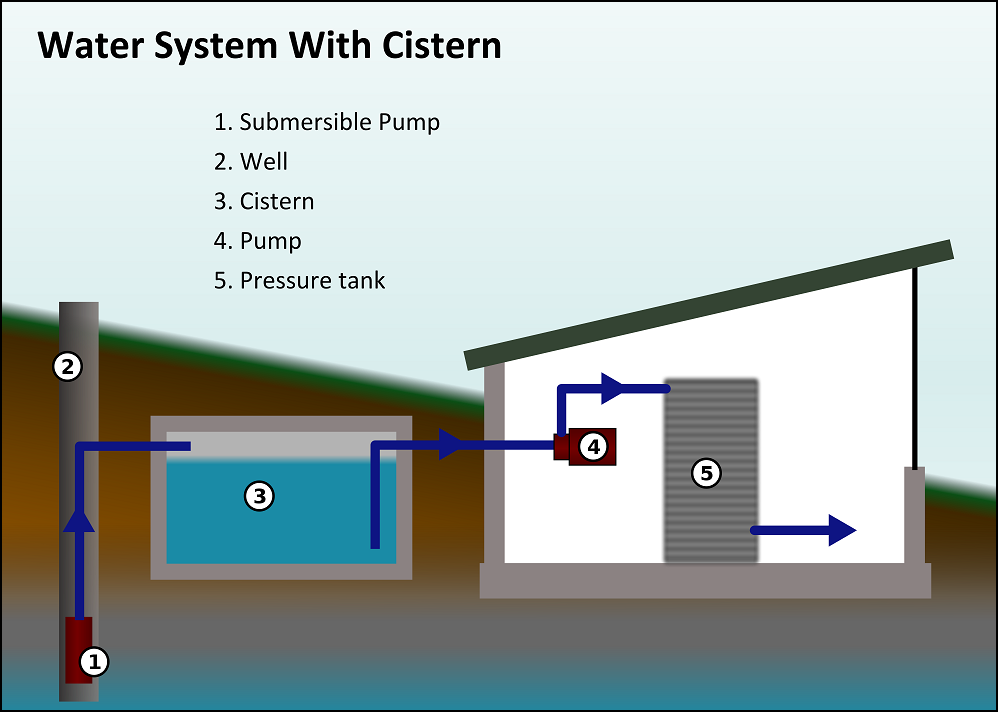
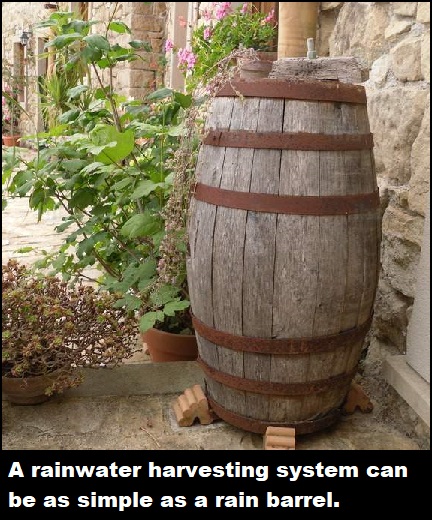 Whatever option is chosen, a pump may be required to release the water when it’s ready to be used. Most pumps on residential systems are between one-third and one horsepower. That amount of power is sufficient to pressurize the water for either spray or drip irrigation. The pump can be activated manually, or a controller can be used to automate the rainwater flow into the irrigation system.
Whatever option is chosen, a pump may be required to release the water when it’s ready to be used. Most pumps on residential systems are between one-third and one horsepower. That amount of power is sufficient to pressurize the water for either spray or drip irrigation. The pump can be activated manually, or a controller can be used to automate the rainwater flow into the irrigation system.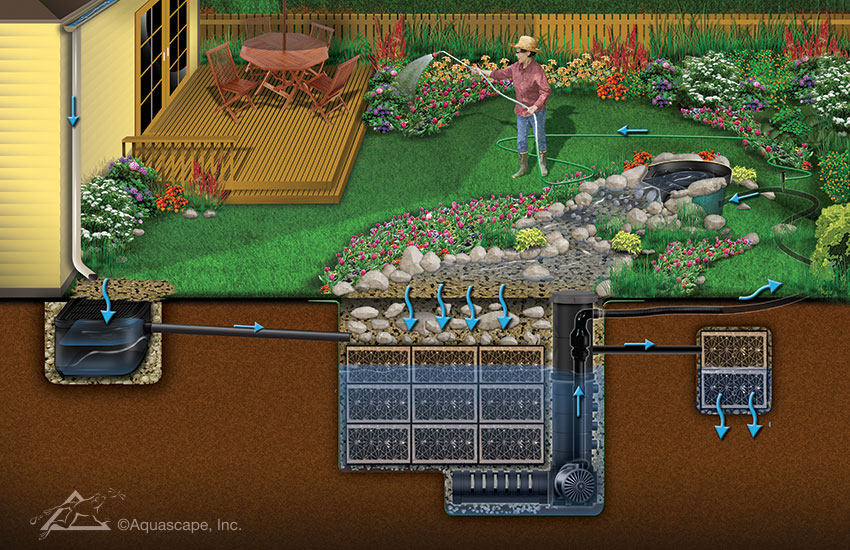

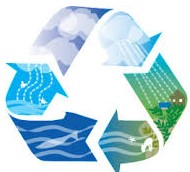 Contractors can easily acquire the skills necessary to get started with catchment system installations. And there is an abundance of resources to ensure your success. The national Irrigation Association offers online classes on the subject, such as “
Contractors can easily acquire the skills necessary to get started with catchment system installations. And there is an abundance of resources to ensure your success. The national Irrigation Association offers online classes on the subject, such as “



